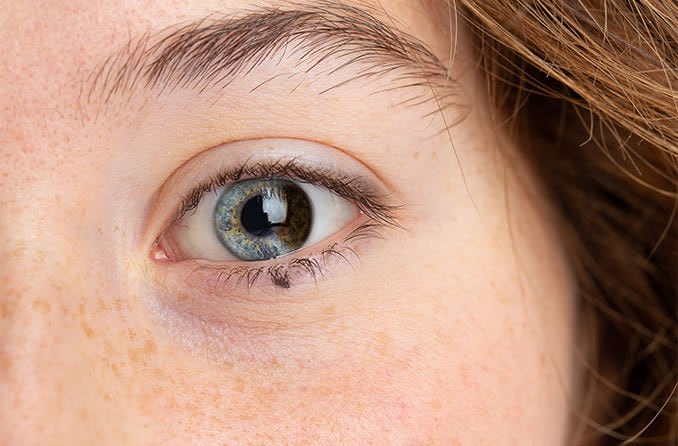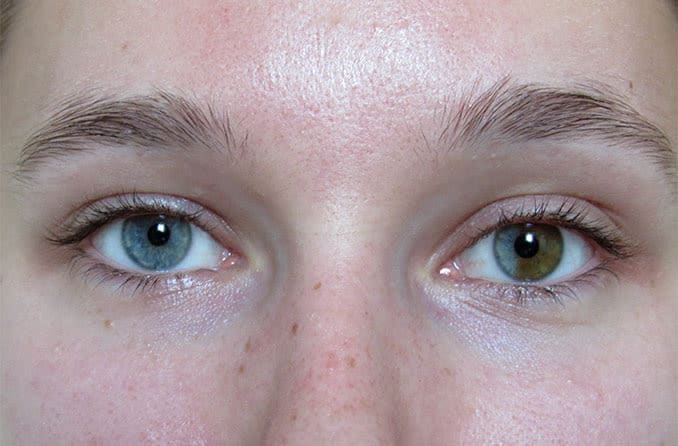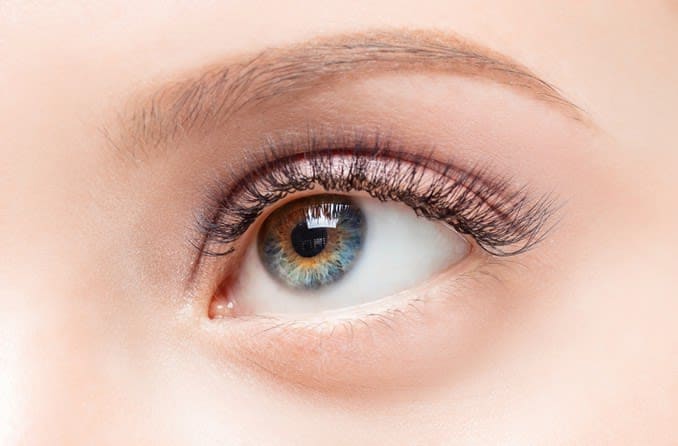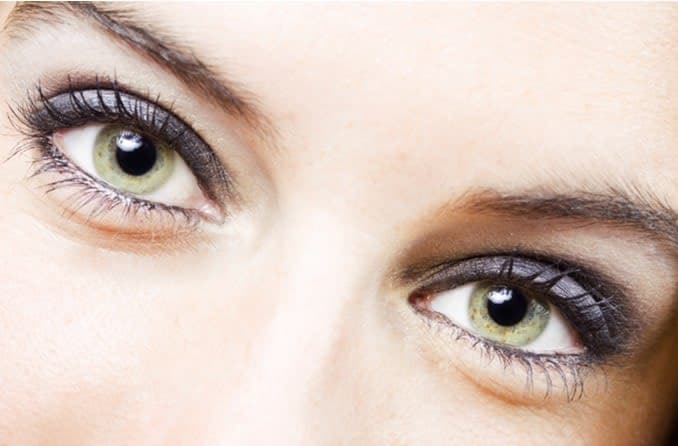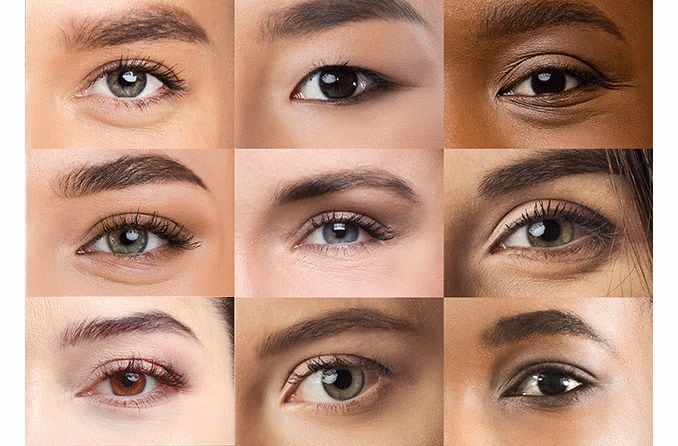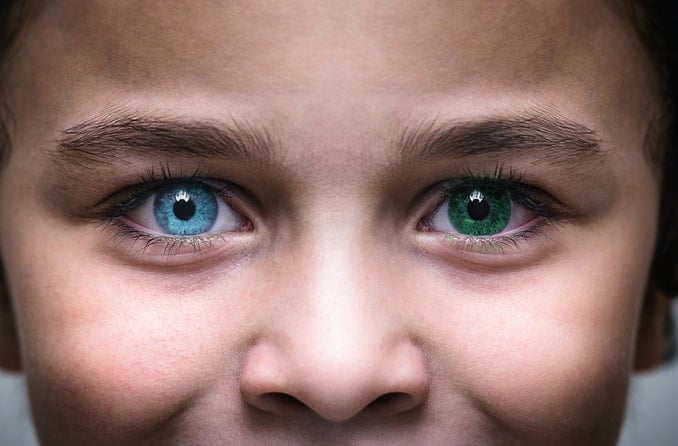Partial heterochromia, also called sectoral heterochromia, is one of three types of heterochromia (the other two being complete and central heterochromia). Partial heterochromia, wherein the eye has a spot of color other than the primary eye color, can occur in one or both eyes and, like the other two varieties, does not affect visual acuity.
Heterochromia can occur based on the amount of melanin (less melanin = lighter color, more melanin = darker color) contained in the iris — the part of the eye that gives it color. All types of heterochromia appear as either a two-toned eye(s) or two different colored eyes, with a variation of typical colors found in eyes: blue, brown, green, gold, etc.
So what makes partial heterochromia different from complete heterochromia and central heterochromia, what causes it and is it treatable? Let’s dive in.
What does partial heterochromia look like?
You may be familiar with the looks of complete heterochromia, in which each iris is a different color — or central heterochromia, where the inner ring and outer ring of the iris are different colors.
Partial heterochromia occurs when one part of the iris is a different color than the majority. Blue eyes with a brown spot, blue eyes with gold flecks and brown eyes with gold flecks are common examples of the condition.
No two eye colors with partial heterochromia are exactly the same, and variations can occur in different angles, shapes and sizes.
What causes partial heterochromia?
Partial heterochromia can happen genetically, because of an underlying condition or due to the use of certain medication.
Genetically, partial heterochromia can happen at birth or as the melanin in the iris develops throughout childhood.
Some underlying conditions that can cause a form of heterochromia include Horner’s disease, Bourneville disease, piebaldism and more.
Partial heterochromia can be acquired later in life due to an injury, uveitis and certain medications for glaucoma.
Note: If your eye(s) begin to change color inexplicably, especially if you experience additional symptoms, contact an eye care professional.
SEE RELATED: How rare is heterochromia?
Is partial heterochromia treatable?
Treatment for partial heterochromia only ever be focused on any underlying causes for the condition. If there are no established underlying causes, treatment is unnecessary as heterochromia is a benign condition and does not affect visual acuity.
Heterochromia can be masked with colored contacts, if one wishes. Some Hollywood actresses, like Kate Bosworth (who has partial heterochromia), have been known to wear colored contacts to mask the condition for character roles. Surgery for heterochromia is never medically necessary.
SEE RELATED: Celebrities with heterochromia
Who might have partial heterochromia?
As mentioned above, people who are candidates for partial heterochromia are typically so due to genetic factors or an underlying condition. And on rare occasions, they have acquired heterochromia as a result of injury, uveitis or certain medications.
But humans aren’t the only beings who can have partial heterochromia — dogs and cats have also been known to have the condition. Animals can experience the same color variations in their eyes as humans, making the condition possible among several species.
READ NEXT: Heterochromia: more common in humans or in animals?
